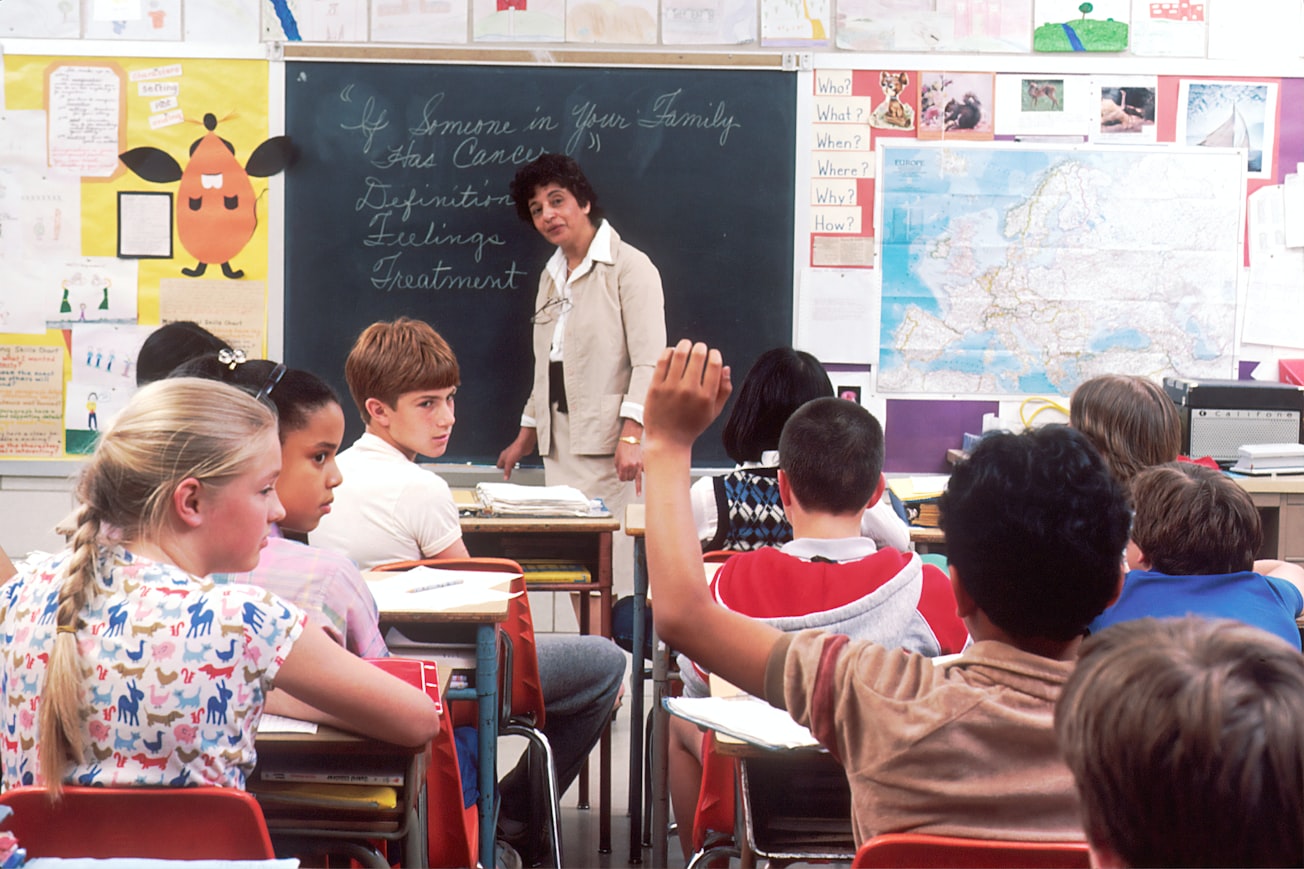What is it about?
Can the effectiveness of a teacher or a school be put into a single number? Researchers in the field of value-added (VA) models may make this exact argument. VA models are used to calculate a score based on gains a student has received through their teacher or school. A VA score quantifies the difference between the expected achievement of students with similar background characteristics and their actual achievement In the present study, we examined the stability of VA scores over time for mathematics and language learning. We drew on representative, large-scale, and longitudinal data from two cohorts of standardized achievement tests in Luxembourg (N = 7,016 students in 151 schools). We found that only 34–38% of the schools showed stable VA scores over time with moderate correlations of VA scores over time for mathematics and language learning.
Featured Image

Photo by National Cancer Institute on Unsplash
Why is it important?
Value-added (VA) models are used for accountability and to quantify the value a teacher or a school adds to their students’ achievement. If VA scores lack stability over time and vary across outcome domains (e.g., mathematics and language learning), their use for high-stakes decision-making is questioned. Low VA scores could have detrimental real-life implications: teachers could lose their jobs, or a school might receive less funding. However, school-level stability over time and variation across domains have rarely been studied together.
Perspectives
Although they showed insufficient stability over time for high-stakes decision-making, school VA scores could be employed to identify teaching or school practices that are genuinely effective—especially in heterogeneous student populations. Look out for our SIVA study, in which we use VA scores to find out what Luxembourg's primary schools are doing right. Learn more about SIVA: https://doi.org/10.17605/OSF.IO/X3C48
Valentin Emslander
University of Luxembourg
Read the Original
This page is a summary of: Value-added scores show limited stability over time in primary school, PLoS ONE, December 2022, PLOS,
DOI: 10.1371/journal.pone.0279255.
You can read the full text:
Contributors
The following have contributed to this page










